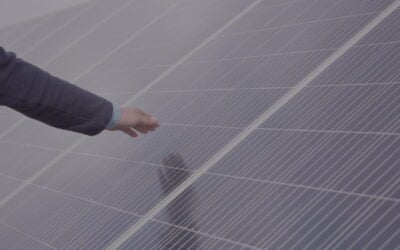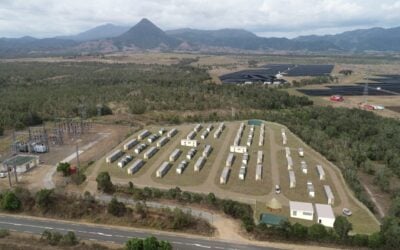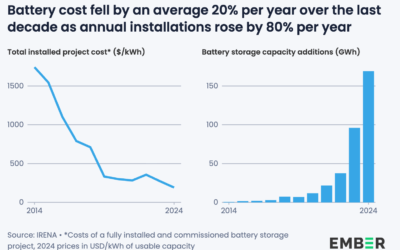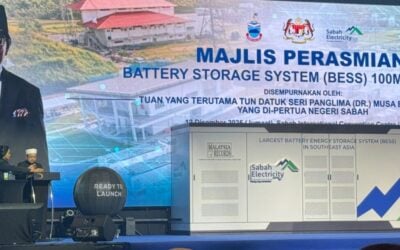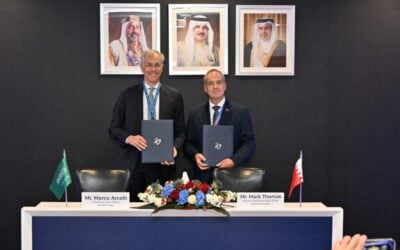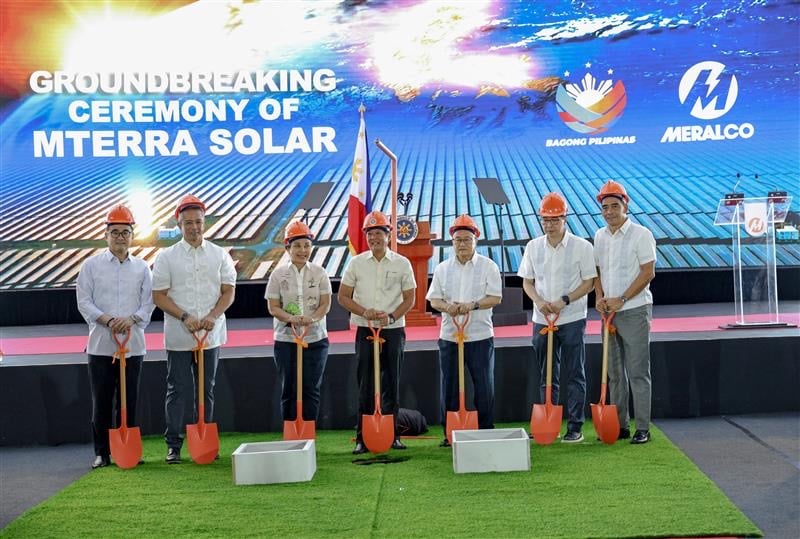
Philippines president Ferdinand Marcos Jr attended as construction began on what is thought to be the world’s largest power plant to combine solar PV and battery storage.
The Southeast Asian country’s presidential communications office announced yesterday (21 November) that Marcos Jr. attended the groundbreaking celebration for the Meralco Terra Solar project in Gapan City, about 100 km from the capital Manila.
The project will include 3.5GWp of solar PV generation capacity and a 4.5GWh battery energy storage system (BESS), which will be built across 3,500 hectares of land in the two provinces of Bulacan and Nueva Ecija.
The government has prioritised its speedy development. In August, the national Board of Investments (BOI) fast-tracked Meralco Terra Solar with the issue of a so-called ‘green lane certificate’.
Try Premium for just $1
- Full premium access for the first month at only $1
- Converts to an annual rate after 30 days unless cancelled
- Cancel anytime during the trial period
Premium Benefits
- Expert industry analysis and interviews
- Digital access to PV Tech Power journal
- Exclusive event discounts
Or get the full Premium subscription right away
Or continue reading this article for free
This would expedite the permitting and licensing process for the plant, as reported by Energy-Storage.news. The BOI is an agency of the government Department of Trade and Industry with a remit to stimulate investment into different kinds of projects that align with national policy objectives.
Although at that time, the total cost of the project was estimated to be PHP185 billion (US$3.14 billion), the presidential communications office statement yesterday quoted a figure of PHP200 billion.
In a speech, the president said that the project represents “decisive action towards helping address global warming and climate change.” The Philippines’ main island of Luzon, where Manila and Gapan are both located, has just been struck twice by super typhoon Pepito. According to BBC reporting, it is the sixth typhoon to hit the country within a month.

The solar-plus-storage project is being developed by Terra Solar Philippines, a company set up specifically for it as a subsidiary of independent power producer SP New Energy Corporation, which in turn is a subsidiary of developer Solar Philippines.
The Terra Solar project was proposed in 2022 by infrastructure group Prime Infrastructure Holdings (Prime Infra) through a joint venture (JV) with Solar Philippines, after the pair won a tender to provide power to utility Manila Electric Company (Meralco).
Under the terms of their contract, they must supply 850MW of clean energy to Meralco, 600MW by the first quarter of 2026 and 150MW a year later in 2027. Additionally, Meralco’s renewables subsidiary, MGen Renewable Energy (MGreen), now owns a controlling interest in SPNEC.
In addition to that already somewhat complex ownership structure, UK private equity infrastructure investor Actis agreed in September to take a 40% equity stake in Terra Solar for around US$600 million, which would be used towards the project’s development and expansion.
“Today we take a leap towards the future driven by innovation and sustained by our collective hope for a cleaner and greener Philippines,” president Marcos Jr said at the groundbreaking.
‘World’s largest’
A claim that the project is the largest in the world appears to hold up.
The world’s biggest solar PV plant is the 5GW Xinjiang Solar project in the northwest of China’s Xinjiang region, which went online earlier this year through state-owned Ürümqi Zhonglvdian New Energy Co Ltd, but does not include battery storage.
Meanwhile, developer Terra-Gen’s Edwards & Sanborn solar-plus-storage project in California, US, is thought to feature the world’s biggest lithium-ion (Li-ion) BESS facility to date at 3,287MWh, alongside 875MWdc of solar PV.
Edwards & Sanborn, built and commissioned in phases, went fully into commercial operation at the beginning of this year.
That said, over in Latin America, a project pairing 2GW of solar PV and up to 11GWh of battery storage is currently being built in seven phases in Chile. Spanish IPP Grenergy is developing the Oasis de Atacama project, and its first four phases are due to be in operation by the end of 2026, with Chinese BESS suppliers BYD and CATL contracted to work on them.
Meanwhile, Meralco Terra Solar is scheduled to go into commercial operation by 2027, Marcos Jr said. It will connect to the grid via an existing 550kV transmission line and later linked to a new-build transmission line in the region.
Last week, Terra Solar Philippines awarded the project’s engineering, procurement and construction (EPC) contract to China Energy Engineering Group (Energy China).
Marcos Jr previously spoke of the importance of battery storage at the inauguration of a large-scale standalone BESS project in 2023 and attended the inauguration of the Philippines’ first lithium iron phosphate (LFP) battery gigafactory site in September.
As part of its ongoing renewable energy auctions, the government is set to roll out a tender for renewables-plus-storage projects before the end of this year.

